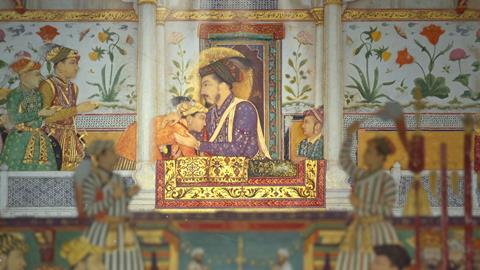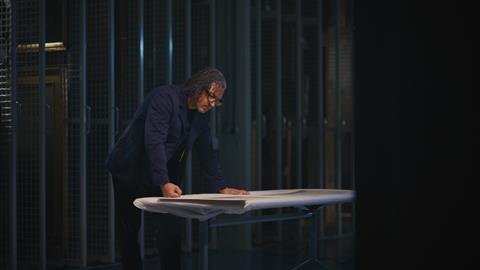Award-winning editor and filmmaker Dilesh Korya goes behind the scenes of BBC2’s Empire with David Olusoga

Empire charts the rise and fall of the British Empire, told largely through people of colour, with additional perspectives from Australia and the UK. The series aims to prompt debate while staying grounded in historical analysis.
The three-part series is directed by Francis Welch and presented by David Olusoga, one of Britain’s most prominent black historians. Behind the series’ post-production is editor Dilesh Korya, working alongside Doghouse Post Production, who handled editorial and picture finishing.
Korya had previously worked with the team on Union, and for Empire he took on sole edit duties, choosing to cut in DaVinci Resolve Studio to align editorial with finishing at Doghouse Post. “I’d wanted to try Resolve on a full series,” he said. “With Doghouse finishing in Resolve, it made sense to keep everything in the one place.”

He added, “Empire began years ago with material cut in Media Composer, so for the second series, we converted the media and timelines for series one, and I re-cut them in Resolve to bring everything up to date.
Korya’s experience with NLE platforms meant that he also handled graphic and music for ‘Empire’; building a full visual and audio sequence that structured the series narrative. “Usually, I’m given the footage and a rough idea of the story, then I work alone on the first cut,” he explained. “When the producer and director return, they review, and from there we begin the collaboration—negotiating and refining the story we both want to tell.”
Footage from a range of camera sources was transcoded to ProRes Proxy by Doghouse for the offline and then DaVinci Resolve’s colour management normalised formats to Rec.709 in editorial.

“Knowing that we were starting from the same baseline in the grade as we had in the edit meant there were no surprises for us, or for production,” said Michael Lansdell, colourist at Doghouse Post. “But we still got to do all the critical image processing in Resolve’s proprietary wide gamut container, so no information was lost. And we carry that unclipped color space advantage right through to online.”
Korya ran a simple two-timeline layout, with rushes on one side, the working cut on the other, and kept long runs playing to feel performance before trimming. Multicams were synced and tweaked as needed. “When editing, you start broad, focusing on the story and its flow, then gradually refine each scene until every cut feels deliberate,” Korya revealed.

“The sequences became quite intricate and timelines multi-layered, so being able to carry that complexity through Resolve’s edit page and into the grade and online saved us significant time,” he enthused. “As an editor, your work never really stops; you’re always refining shots, music, sound and levels to really hit the mark or properly convey a scene.”
With a lot of dialogue between Olusoga’s pieces to camera and his interactions with the guests, DaVinci Resolve’s AI Audio Transcription were used extensively to quickly search for individual clip or conversations. “Previously, we’d ship QuickTime files to an external service, but syncing transcripts to timecodes was always tedious and error-prone. Now, everything is timecode-locked and integrated in Resolve. I can search for expressions or words as I edit, with transcriptions updating live,” Korya explained.








No comments yet